Sweden: New forms of participation identified for people with deafblindness
Even in normal situations, people with deafblindness constitute a vulnerable group that experiences a lot of isolation – yet the pandemic hit this particular group hard. Letter courses in Braille and remote psychotherapy were some of the solutions that made things easier, but there are many lessons to learn for future pandemics.


Clinical experience and activities within the deafblind team in Stockholm during the pandemic.
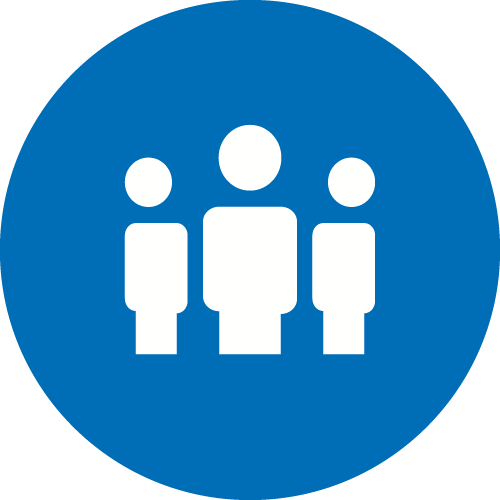

Deafblindness may sound drastic, but according to researcher Mattias Ehn, the group is incredibly heterogeneous. The vast majority have combinations of visual and hearing impairments, and so far there has not been very much research conducted on people with deafblindness. They make up about 0.2–2 per cent of the world’s population, or around 2,000 people in Sweden under the age of 65.
“But if we include all people older than 65 with impaired vision and hearing, there are tens of thousands who could be classified as people with deafblindness, but who are not identified as being deafblind,” says Ehn.
The risk of having impaired vision or hearing increases with age, and the older we get, the more common deafblindness becomes.
“There are few who are deaf and have no vision at all, but physical proximity to other people is crucial for many to be able to interact with their surroundings,” says Ehn.
In addition to his role as researcher, he works as a psychologist in Stockholm's deafblind team and meets people with deafblindness in his clinical practice. One major challenge during the coronavirus pandemic was that all the activities that were normally organised by disability organisations for people with deafblindness were suddenly closed down.
“Life became restricted, incredibly empty and poor. Many people just stayed at home, and the rapid flow of information made it difficult to keep up,” says Ehn.
For example, the Public Health Agency of Sweden held daily press conferences, but it took a long time before they were interpreted in sign language.
“Some people read sign language with their residual vision, while others read sign language using a tactile modality, with the sign-language presented in their hands,” says Ehn, explaining the need for sign language for people with deafblindness.
According to him, you can generally talk about a perceived information deficit during the pandemic among people with deafblindness.
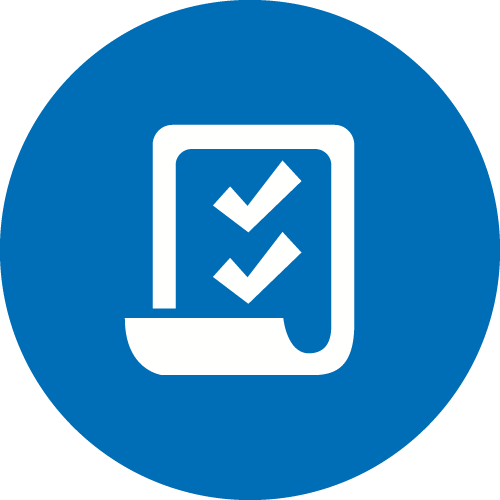

For many people with deafblindness, life itself is often a social challenge – during the pandemic, the social challenges became a reality for everyone in society.
“I had one patient who said that now everyone will get a chance to see what our life is like every day,” says Mattias Ehn.
Fairly soon after the pandemic began, the Association of the Swedish Deafblind in Stockholm set up different kinds of events on Zoom in an attempt to reach the target group.
“The region's digital toolbox was gradually expanded to offer individual contacts and group activities remotely. But if you see and hear poorly, how are you to participate remotely?,” says Ehn.
For younger people with good knowledge of technology and better preserved senses, it was easier to participate online. For older people, it was difficult to connect – the vast majority needed help.
The aim was to retain some kind of hope and maintain some kind of activity. During the pandemic, Ehn, as a psychologist, was contacted by many people who might not otherwise have contacted him.
“For me, it was about conveying that this will pass, that you have to persevere and use the digital formats, even if they didn’t feel that convenient.”
In Stockholm, plenty of interpreters were provided, despite the fact that interpreters were accepting significant risks of infection by meeting people with deafblindness. Visors, face masks and a lot of hand sanitiser were all used.
“But they did it, and it was an amazing effort by the community of interpreters in Stockholm. In other regions, everything was stopped and there was a range of digital activities that were still not available to everyone. There was an inequality in supply,” he says.
In general, people with deafblindness faced major challenges during the pandemic.
“Teaching someone to walk with a white cane, you don’t do that on Teams, you just have to practise it hands-on. Our low-vision teachers were creative, they wore visors and face masks, worked outdoors and went above and beyond to provide contact. Even if they couldn’t work as intensively or as well, they were always able to offer something,” says Ehn.
He cites the vision specialist teacher who teaches Braille as an example. A weekly physical meeting became a correspondence school.
“It was pretty inefficient, but it was still a way to keep going and maintain contact,” he explains.
As a psychologist, Ehn also noticed a big difference in his clinical activities. Before the pandemic, he had a couple of patients he dealt with remotely, but during the pandemic, around 80 per cent of appointments were digital. Even now that the situation has normalised, he still sees 30-40 per cent of his patients remotely.
“We’ve made the change.”
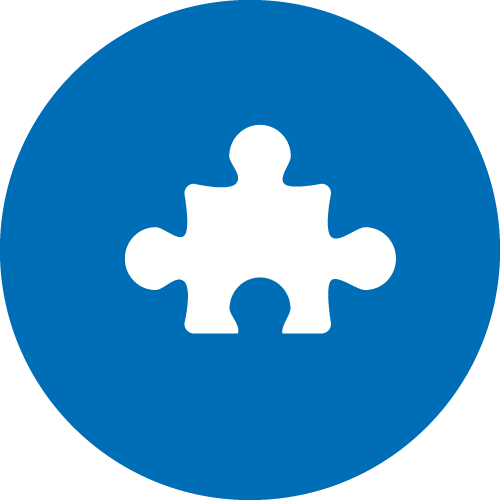

When the pandemic arrived, everyone felt at a loss – the deafblind team in Stockholm had no contingency plans to deal with the situation.
“There was no research and no knowledge about offering accessible information. We did the best we could, but as there was nothing to refer to, this is an overarching purpose of our ongoing research. We need to learn what the consequences of this are, and to change the care provided for this target group,” says Ehn.
Previous research shows that even in normal situations, people with deafblindness experience isolation and may feel excluded, even if they are among people.
“For a person with deafblindness, it can be difficult to keep up if communication is fast, so many choose to withdraw. This happens particularly among those who have deafblindness that is not evident to those around them. In that situation, other people just don’t understand that they have seeing and hearing problems.”
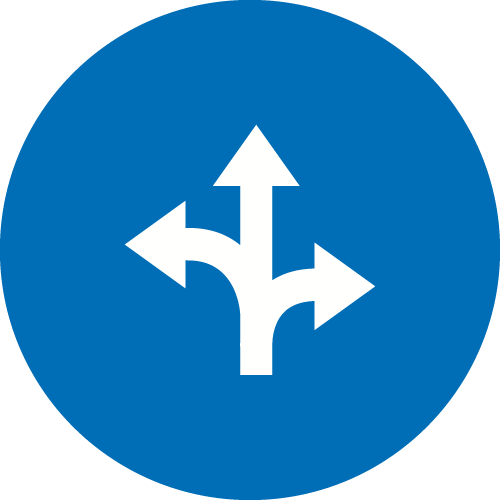

Mattias Ehn is full of admiration for his colleagues in the deafblind team in Stockholm. Above all, how they worked to find solutions to provide what patients needed during the pandemic.
“We really did everything we could, which I personally think is worth acknowledging, even though it can never be quantified,” says Ehn.
Sometimes, members of the deafblind team had to consider regulations and infection control.
“If you’re supposed to wear a mask, but the other person depends on lip-reading, what should you do? Should you wear a visor that might create a reflection? Or keep a distance of two metres? There were some ethically tough dilemmas, and it was difficult to get support from infection control authorities.“
Ehn also explains that they tried to connect with the target group, but that some declined because they did not dare attend the meetings. They were not necessarily afraid of the service itself, but of having to travel by taxi and risk infection on the way.
“The journey was seen as a major risk, and unfortunately many people didn’t receive the help they needed, even though care providers did so much to create the best possible conditions.”
Some realised that despite exposing themselves to a certain risk with a sighted guide, the health risk of just staying at home and never going out is also significant.
But at the beginning of the pandemic, there was even a sense of relief.
“A lot of things associated with deafblindness take longer, and initially there was a lower pulse throughout society, which was perceived as something positive. People with deafblindness can become exhausted by all impressions.”
At the same time, the opportunity opened up for more and more people to work from home. For people with severely impaired vision, transport to and from work can be resource-intensive, and many were happy to avoid that.
“Now there’s less stigma about working from home, and there’s a totally different level of openness among employers,” says Ehn.


For many, the pandemic was characterised by fear and concern – and unfortunately, some of these patterns persist among people with deafblindness. Even now that restrictions have been eased and the immediate danger of the pandemic is over.
“A stay-at-home lifestyle has been created, people don’t go out for walks, go shopping, eat at restaurants or attend cultural events,” says Ehn.
But as the pandemic ebbs away, group activities are starting up again.
“We’re approaching the figures of physical visitors that we had before the pandemic. Although appointments are a little different now compared with before the pandemic, more things are happening digitally and remotely, despite the fact that restrictions have now been lifted,” says Ehn.
According to him, it is therefore important that knowledge of the needs of people with deafblindness increases, and that better tools are available in the event of a future pandemic.
“It can’t be the case that you can easily get hold of an interpreter in Stockholm, but not in another region. Who’s responsible for providing protective equipment? How do you maintain contact with patients? How do we create something that works for everyone? What we now know is based on anecdotes from our clinical experience,” emphasises Ehn.
He points out the importance of systematic knowledge through research, to find out what has worked and what can be done differently in the future.
The experiences from the clinical settings are being used as the basis for a research project in which both people with deafblindness and support staff are being interviewed. The dominant experience is that the period of the pandemic was experienced very differently among people with deafblindness, but the goal is to obtain facts about how people with deafblindness received help during the pandemic in Sweden.
“No results have been published yet, and we’re currently in a period of data collection. We must not be caught off guard in the same way if something like this happens again. We have already learned a lot, and we dare to believe in our patients’ ability to embrace the digital world,” says Ehn.


From a socio-economic perspective, it is difficult to see the effects of the work undertaken during the pandemic. The deafblind team in Stockholm has not been able to meet its production goals, as the organisation is paid based on what they produce.
“The appointments that were held involved a lot of effort and often required an incredible amount of creativity and work in terms of time. Our compensation model doesn’t care how much preliminary work an appointment involves – so a large amount of work can result in poor appointment statistics,” says Ehn.
He emphasises that if certain activities can be carried out, this can mean savings elsewhere. For example, preventive activities from the association of people with deafblindness are cheaper than if everyone needs to talk to a psychologist because they are feeling unwell or isolated.
“I’d guess that for every krona invested in association activities, you earn ten times that amount back at some other end. Non-governmental association activities and access to adapted support are crucial for people with deafblindness in enabling them to be active and feel involved in their own lives,” says Ehn.
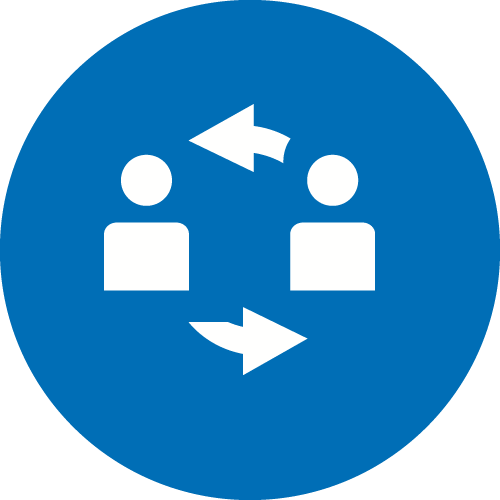

The research that Mattias Ehn is now conducting will also be valuable in other countries. The results and insights that follow can form the basis for continued work for and with people with deafblindness throughout the Nordic region.